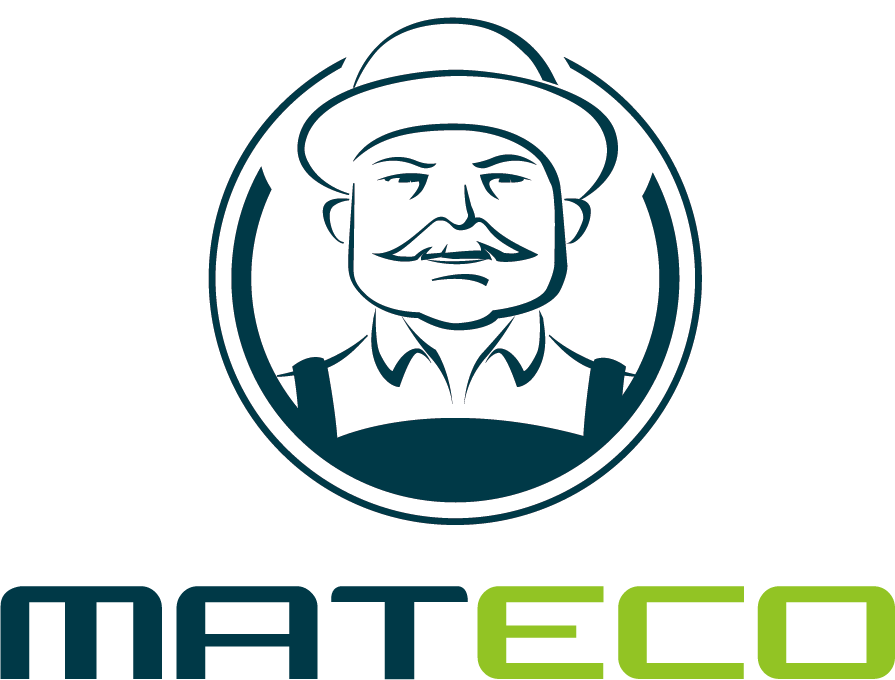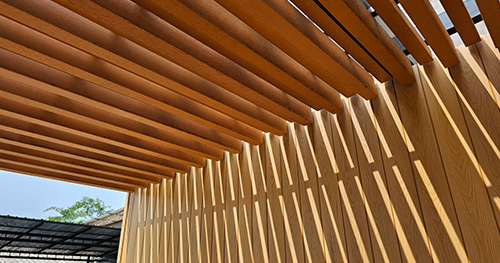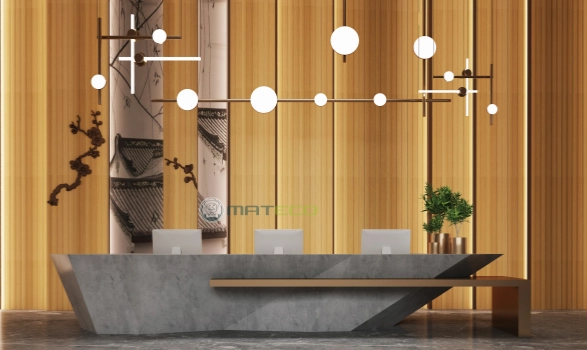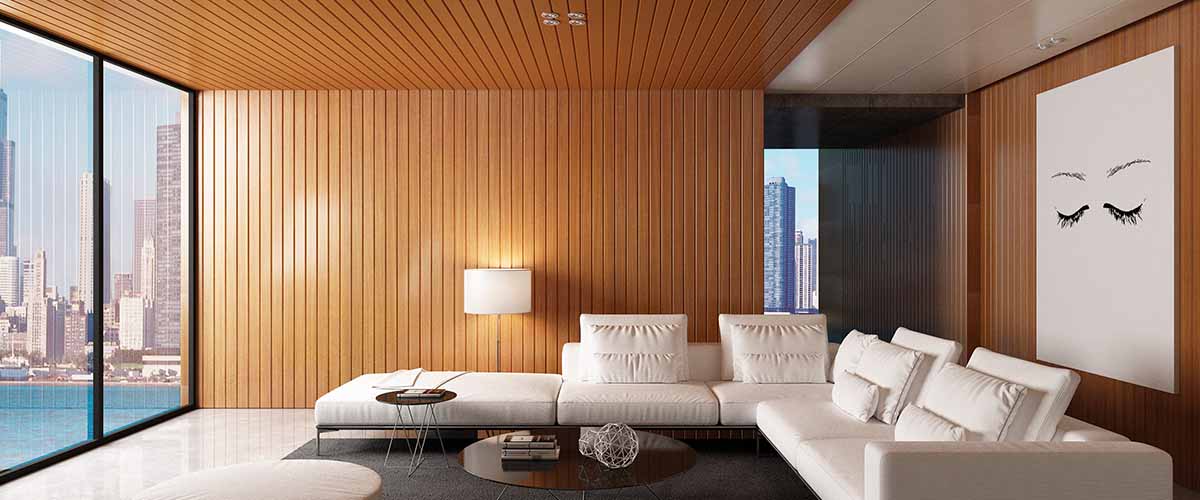5 Materials to Consider as Drywall Alternatives
When it comes to interior wall coverings, drywall has long been the go-to choice for many homeowners and builders. However, as we seek more sustainable, durable, and aesthetically pleasing options, several alternatives have emerged.
This article delves into five materials to consider as drywall alternatives: WPC wall panels, wooden panels, brick wall panels, plywood wall coverings, and vinyl siding. We will also explore the history, pros, and cons of drywall to provide a comprehensive understanding of your options.
About The Drywall
Drywall, also known as plasterboard or gypsum board, was invented in 1916 by the U.S. Gypsum Company. It revolutionized the construction industry by providing a quicker, less labor-intensive method for creating interior walls compared to traditional plaster and lath techniques. By the mid-20th century, drywall had become the standard material for interior wall construction in residential and commercial buildings.
Pros of Drywall
Cost-Effective: Drywall is relatively inexpensive and widely available.
Easy to Install: It is simple to cut, shape, and install, making it a favorite among DIY enthusiasts.
Fire-Resistant: Drywall provides good fire resistance due to the water content in gypsum.
Smooth Finish: It offers a smooth surface that is ideal for painting or wallpapering.
Cons of Drywall
Moisture Sensitivity: Drywall can be damaged by moisture and is susceptible to mold growth.
Durability Issues: It is prone to cracks and dents from impact.
Limited Aesthetic Options: Drywall offers limited design possibilities beyond paint or wallpaper.
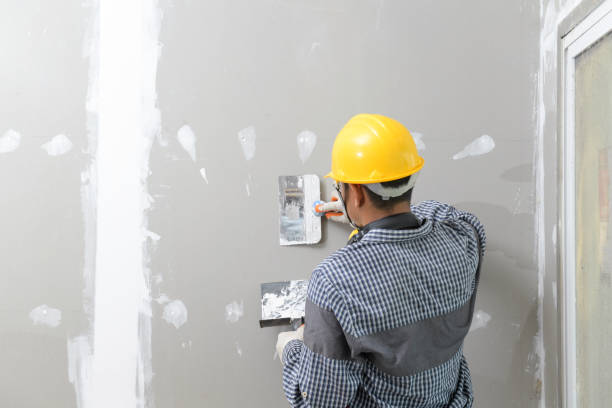
Given these drawbacks, it is worth exploring alternative materials that can offer better performance and aesthetics. Here are five materials to consider as drywall alternatives:
1. WPC Wall Panels
What is WPC?
Wood-Plastic Composite (WPC) is a material made from a blend of wood fibers and thermoplastics. It combines the aesthetic qualities of wood with the durability of plastic, making it a versatile and innovative alternative to traditional wall coverings.
Unlike drywall, which is prone to moisture damage, WPC wall panels are highly resistant to moisture, making them suitable for areas with high humidity, such as bathrooms and kitchens. Additionally, WPC panels do not suffer from mold growth, a common issue with drywall in damp environments.
Pros of WPC Wall Panels
Durability: WPC panels are highly durable and resistant to many factors that can damage drywall. They are waterproof, termite-proof, and resistant to rotting, swelling, and warping, making them ideal for environments prone to moisture or pest infestations.
Low Maintenance: Unlike drywall, which can require frequent repairs and repainting, WPC panels are easy to clean and maintain. They do not need regular painting or finishing and can be cleaned with simple household cleaners.
Eco-Friendly: Many WPC products are made from recycled materials.
Aesthetics: WPC panels offer a wide range of textures, colors, and finishes that can mimic natural wood, stone, and other materials. This allows for more design flexibility and the ability to achieve a high-end look without the cost and maintenance of natural materials.
Cons of WPC Wall Panels
Cost: WPC can be more expensive than traditional drywall.

2. Wooden Panels
What are Wooden Panels?
Wooden panels are made from solid wood or engineered wood products. They offer a classic and timeless look, making them a popular choice for both traditional and modern interiors.
While drywall provides a smooth, uniform surface that is ideal for painting, wooden panels add a touch of natural elegance and warmth to interiors. Unlike drywall, which can be easily damaged, wooden panels are more durable and can be refinished multiple times to restore their appearance.
Pros of Wooden Panels
Aesthetic Variety: Available in various types of wood, finishes, and styles.
Natural Insulation: Wood provides good thermal and acoustic insulation.
Durability: High-quality wooden panels can last for decades with proper care.
Cons of Wooden Panels
Cost: High-quality wood panels can be expensive.
Maintenance: Wood requires regular maintenance to prevent damage from moisture and pests.
Installation: Professional installation is often necessary, adding to the overall cost.
Fire Hazard: Wood is combustible and may require treatment to improve fire resistance.
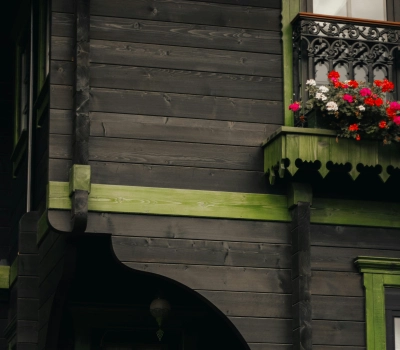
3. Brick Wall Panels
What are Brick Wall Panels?
Brick wall panels are made from thin slices of real brick or brick-like materials. They offer the aesthetic appeal of a brick wall without the weight and installation challenges of traditional brick masonry.
While drywall provides a smooth, paintable surface, brick wall panels introduce a rustic and industrial look that can enhance the character of a space. Unlike drywall, brick wall panels are highly durable and can withstand impacts without cracking or denting.
Pros of Brick Wall Panels
Aesthetic Appeal: Provides a rustic and industrial look that is highly sought after.
Durability: Resistant to wear and tear, and can last for many years.
Low Maintenance: Requires minimal upkeep once installed.
Thermal Properties: Offers good thermal mass, helping to regulate indoor temperatures.
Cons of Brick Wall Panels
Cost: Can be more expensive than traditional drywall.
Weight: Heavier than other wall coverings, requiring a sturdy framework for installation.
Installation: Professional installation is recommended.
Limited Insulation: Provides less thermal and acoustic insulation compared to other materials.

4. Plywood Wall Coverings
What is Plywood?
Plywood is made from thin layers of wood veneer glued together. It is a versatile and strong material often used in construction and furniture making.
Drywall is known for its smooth, flat surface, making it ideal for painting and decorating. Plywood, on the other hand, offers a more natural, textured appearance that can add warmth and character to a room. Additionally, plywood is stronger and more impact-resistant than drywall.
Pros of Plywood Wall Coverings
Strength: Plywood is strong and durable, capable of withstanding significant wear and tear.
Versatility: Available in various grades and finishes, suitable for different aesthetic and functional requirements.
Ease of Installation: Can be cut and installed with standard tools.
Cost-Effective: Generally more affordable than solid wood panels.
Cons of Plywood Wall Coverings
Moisture Sensitivity: Can be damaged by water if not properly sealed.
Aesthetic Limitations: May require finishing or covering to achieve the desired look.
Environmental Impact: Production involves the use of adhesives, which can have environmental implications.
Maintenance: Needs regular maintenance to prevent damage and extend its lifespan.
5. Vinyl Siding
What is Vinyl Siding?
Vinyl siding is a plastic exterior siding used for decoration and weatherproofing. It is commonly used on the exterior of houses but can also be adapted for interior wall applications.
While drywall is typically used for interior walls, vinyl siding offers a durable, low-maintenance alternative that can be used both indoors and outdoors. Vinyl siding is more resistant to moisture and pests compared to drywall, making it a practical option for basements and other areas prone to dampness.
Pros of Vinyl Siding
Durability: Resistant to moisture, rot, and pests, and does not require painting.
Low Maintenance: Easy to clean and maintain.
Cost-Effective: Generally less expensive than wood or brick alternatives.
Variety: Available in a wide range of colors and styles.
Cons of Vinyl Siding
Aesthetic Limitations: May not provide the same high-end look as wood or brick.
Environmental Concerns: Made from PVC, which can have environmental and health impacts.
Thermal Expansion: Can expand and contract with temperature changes, potentially causing gaps or warping.
Susceptibility to Damage: Can crack or break under severe impact.
Conclusion
When considering alternatives to drywall, it’s important to weigh the pros and cons of each material. WPC wall panels, wooden panels, brick wall panels, plywood wall coverings, and vinyl siding each offer unique benefits and challenges compared to traditional drywall. Your choice will depend on your specific needs, budget, aesthetic preferences, and environmental considerations. By exploring these options, you can create a more durable, attractive, and sustainable interior space.
For more information on WPC wall panels
Website: https://www.matecowpc.com
WhatsApp: +86-13380085620
Email: info@matecowpc.com
